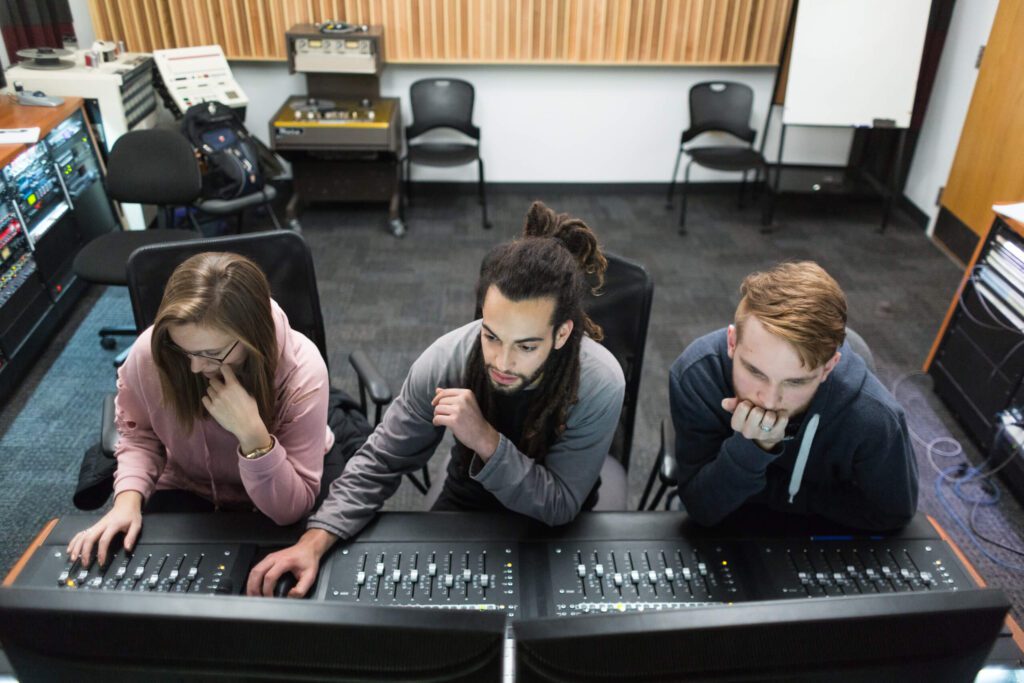Sound and music are crucial elements of game design that create an immersive and engaging experience for players. Sound effects and music can transport players to different worlds, enhance emotions, and make games more memorable. Sound effects provide crucial information to players such as whether they have completed an objective or are in danger, while interactive music makes players feel like they have more control over the game world. Music can set the tone for the game and help players feel a certain way, such as excited, scared, or calm. As game design continues to evolve, sound and music will remain critical components in creating engaging and immersive games.
The Role of Sound and Music in Game Design and Immersion
Introduction
When it comes to game design, sound and music play a critical role in creating an immersive and engaging experience for players. The right sound and music can transport players to different worlds, enhance their emotions, and make a game more memorable.
In this article, we will explore the importance of sound and music in game design and how they can be used to create a more immersive experience for players.
The Importance of Sound in Game Design
Sound is a crucial component of game design, as it can contribute to the creation of a realistic and immersive game world. Sound effects, such as footsteps, gunshots, and explosions, can make players feel like they are really in the game environment.
Sound can also be used to indicate important information to players, such as when they have completed an objective or are in danger. This helps players stay engaged in the game and enhances their overall experience.
The Importance of Music in Game Design
Music is another important element of game design, as it can enhance the emotional impact of a game and create a more immersive experience for players. The right music can set the tone for the game and help players feel a certain way, such as excited, scared, or calm.
Music can also help players stay engaged in the game by providing a sense of progression or accomplishment. For example, when players complete a difficult level, the music may become more upbeat or triumphant, indicating that they have achieved something significant.
How Sound and Music are Used in Game Design
There are many ways that sound and music can be used in game design to create a more immersive experience for players. Some of the most common methods include:
1. Background Music: The use of music in the background of a game can create a more immersive and engaging experience for players. This can be used to set the tone for the game and provide a consistent soundtrack throughout.
2. Sound Effects: Sound effects such as footsteps, gunshots, and explosions can make players feel like they are really in the game environment. This can also be used to indicate important information to players, such as when they have completed an objective or are in danger.
3. Interactive Music: Interactive music is music that responds to the player’s actions in the game. This can create a more immersive experience for players and make them feel like they have more control over the game world.
4. Dynamic Music: Dynamic music is music that changes based on the player’s actions or the game environment. This can create a more immersive and engaging experience for players, as the music adapts to their gameplay.
Conclusion
In conclusion, sound and music play a critical role in game design and are key components in creating an immersive and engaging experience for players. From background music to interactive music, there are many ways that sound and music can be used to enhance a game’s overall design and create a more memorable experience for players. As game design continues to evolve, we can expect sound and music to remain a critical component in creating engaging and immersive games.
